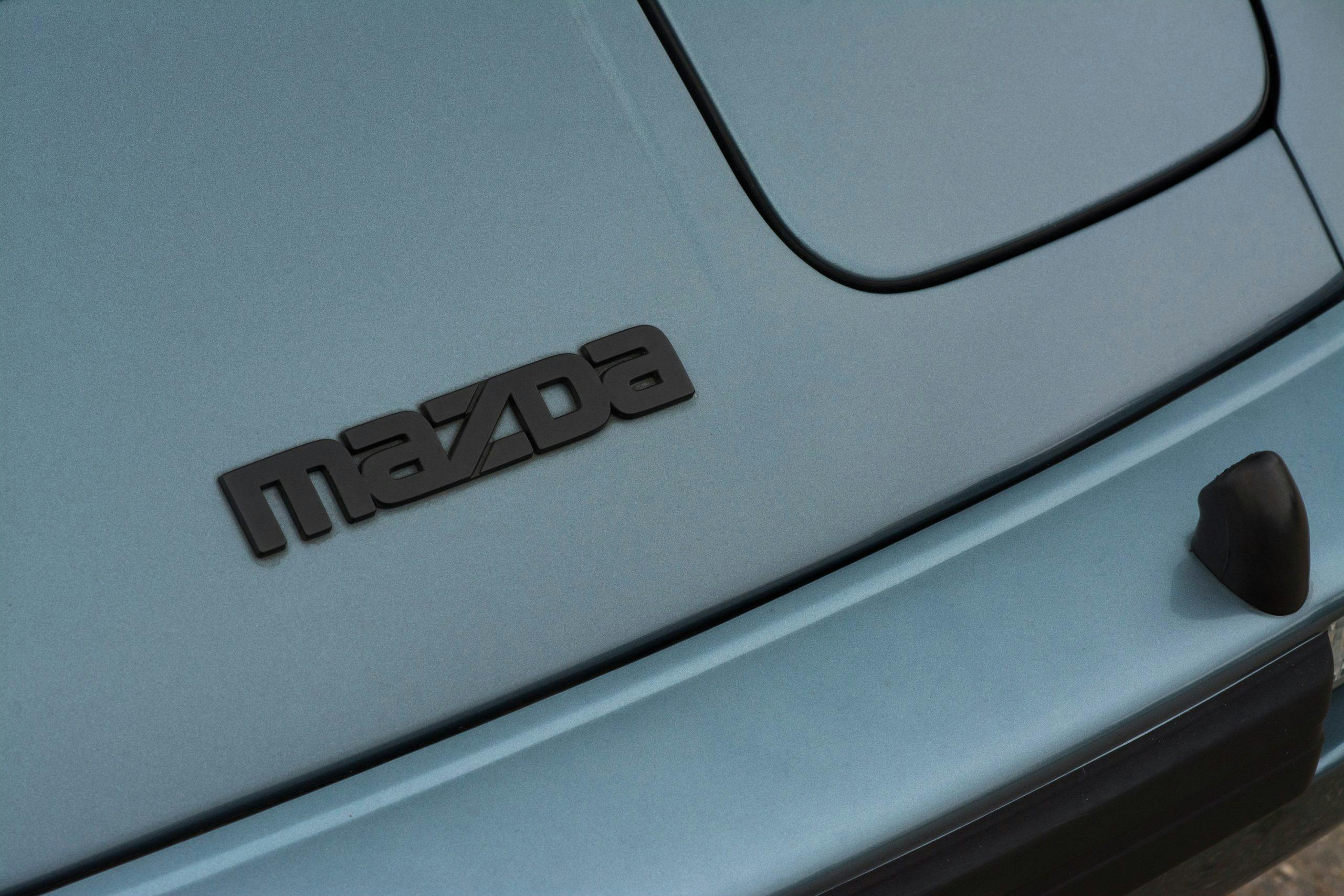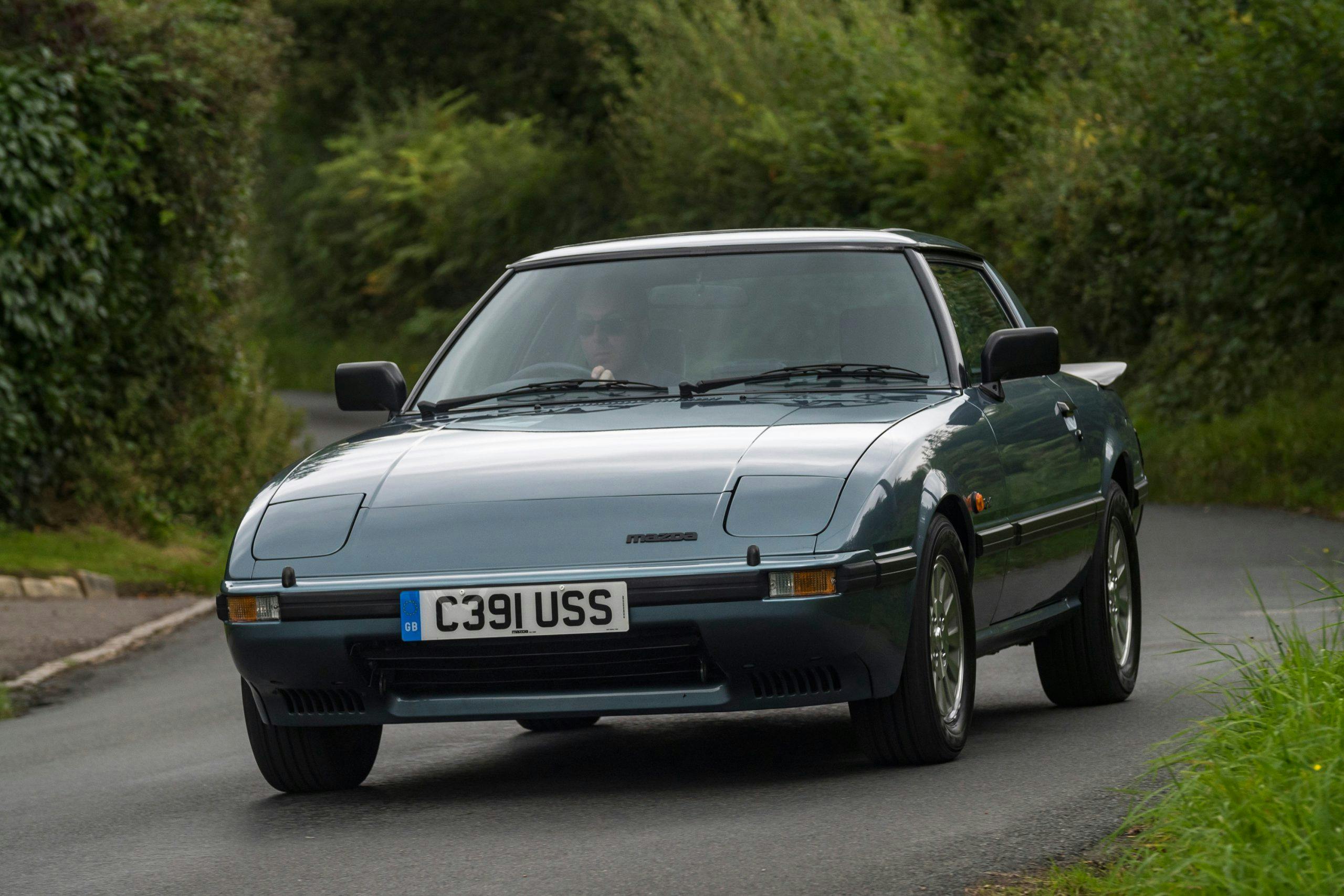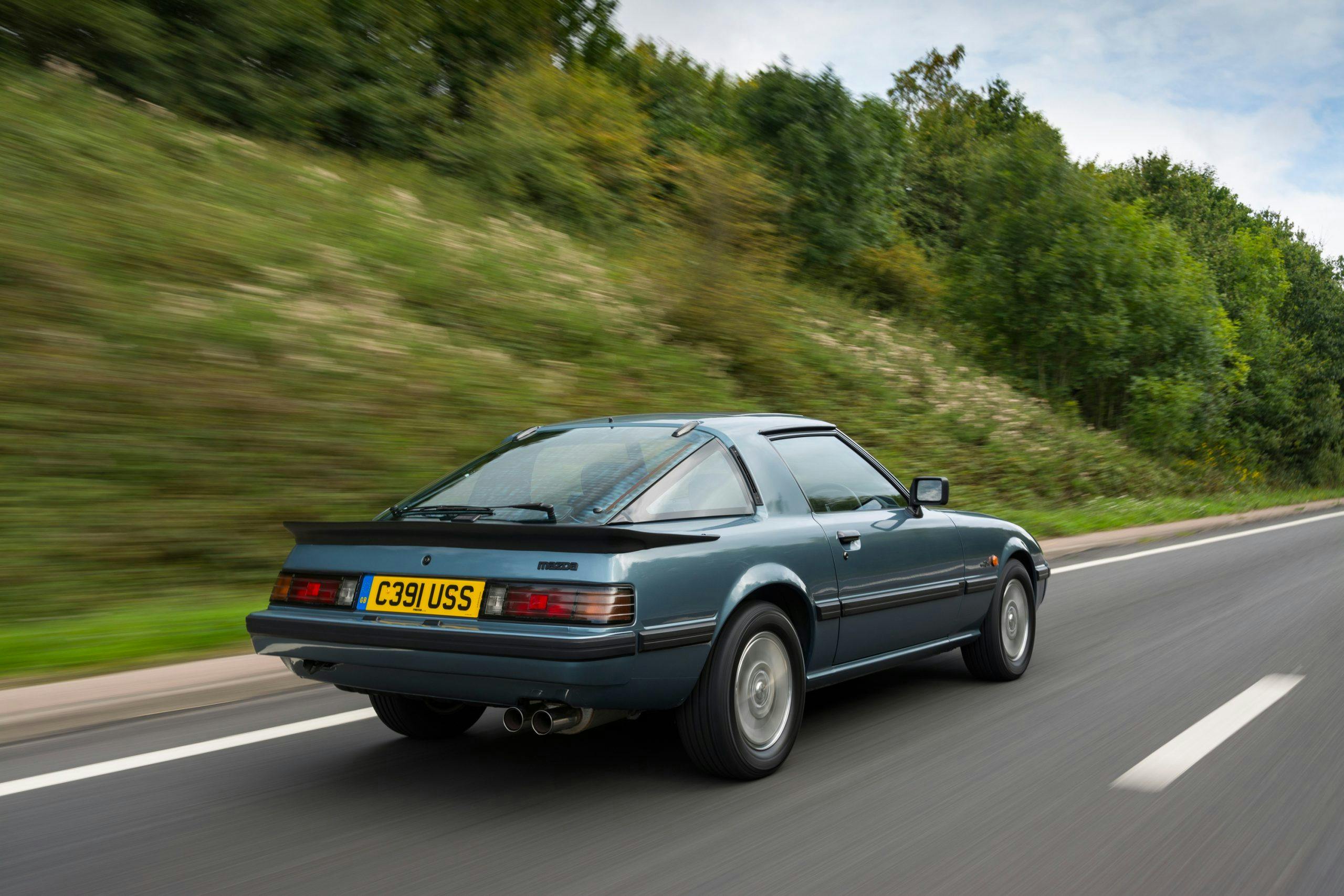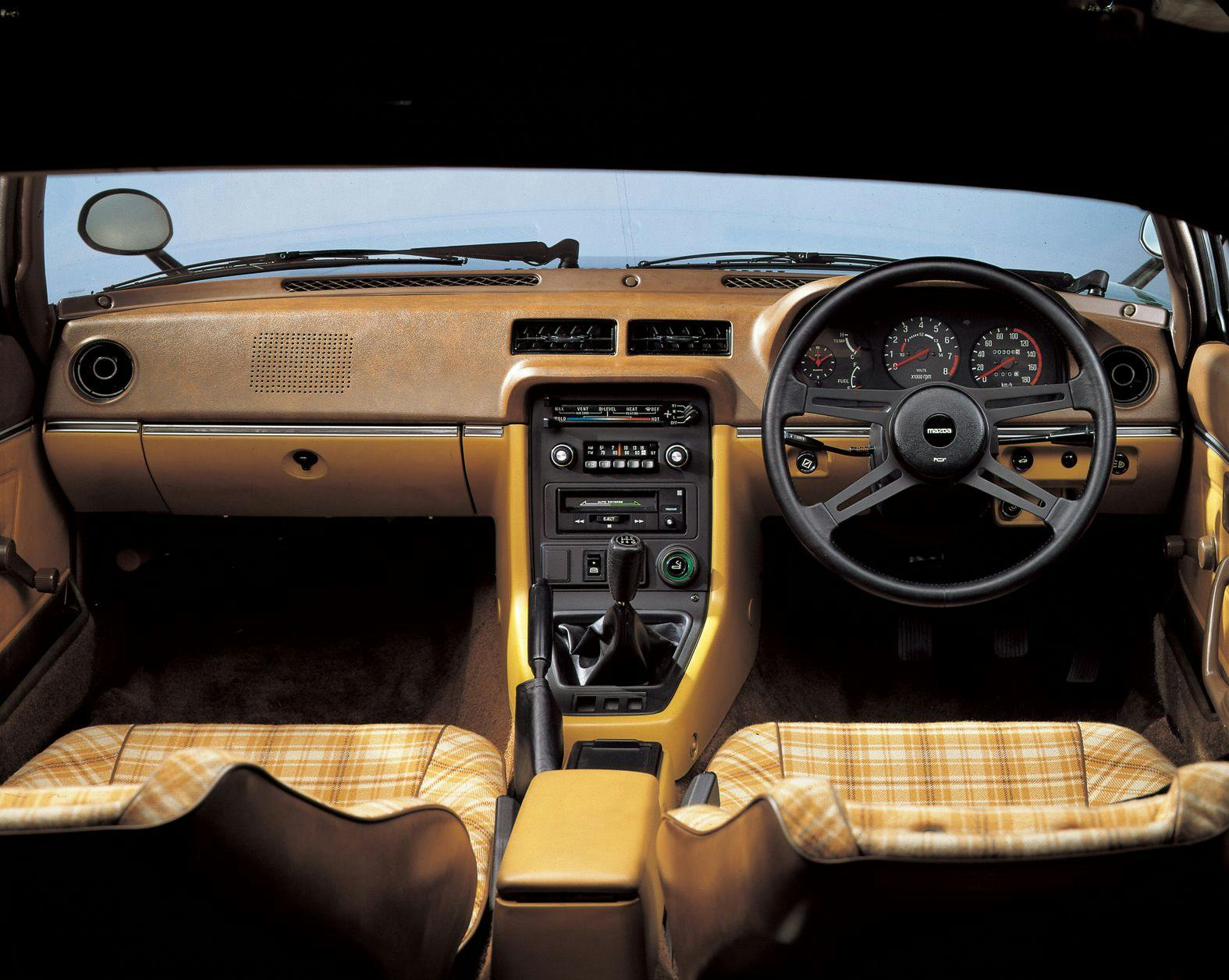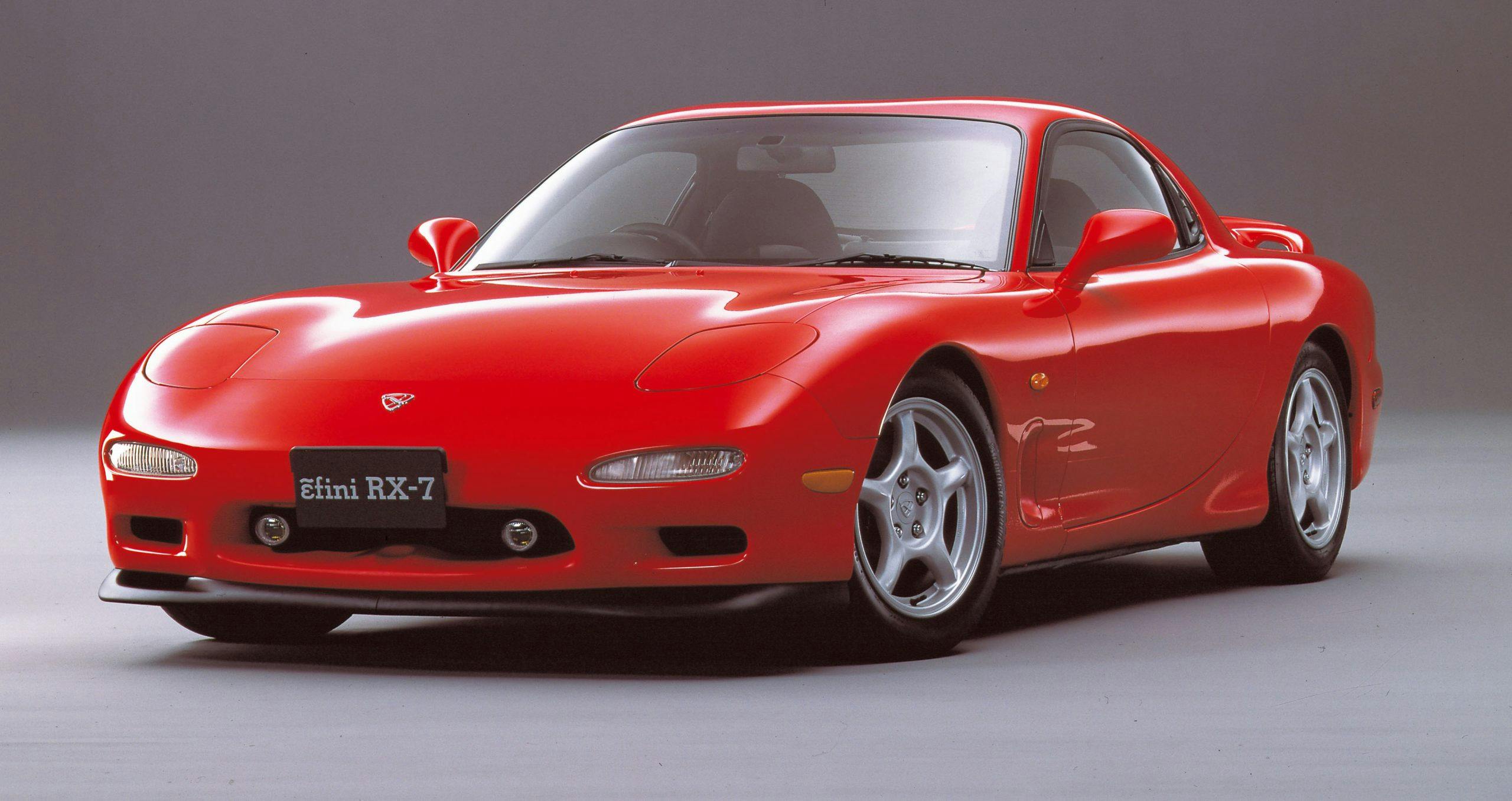Media | Articles
Celebrate the sports car that brought rotary tech for millions to enjoy
History suggests that Mazda shouldn’t have survived as a car company for a hundred years, given its relatively small size and the amount of resources it poured into the dead end that is rotary development … while also continuing with traditional combustion gasoline and diesel powertrains. However, Mazda is celebrating its centenary this year, proving that its famous “outside the box” thinking works as long as the engineering team is given enough freedom.
Rotary engines may have been put on a shelf once RX-8 production ended in 2012, but that car couldn’t have happened if it weren’t for its legendary predecessor, the 1978–2002 Mazda RX-7.
Having perfected German NSU’s Wankel engine design, Mazda sold rotaries throughout the 1960s only to be hit by the oil crisis in 1973. In order for these relatively thirsty engines to survive—at least in a sports car, if not in sedans or wagons—R&D boss Kenichi Yamamoto started fighting for their continuation, giving the 12A twin-rotor apex seals to improve both its lubrication and fuel economy. The first RX-7’s sleek and lightweight wedge-nosed coupé body was specifically designed for this engine, and once ready, the 1978 RX-7 would prove itself worthy.
Mazda didn’t wait long before sending its sports car to the race tracks at Le Mans, in IMSA, the BTCC, and at various rally stages leading all the way up to Group B. With the combination of a 130-hp engine sitting low behind the front axle for nearly perfect weight balance, rear-wheel drive, and a light aerodynamic body, RX-7s could punch well above their weight while making an unmistakable noise.
Next to the 1146-cc twin-rotor, Mazda also introduced the 160-hp Savanna turbo version for Japan, while America had to make do with the bigger 13B engine and fuel injection.
Marketplace
Buy and sell classics with confidence
Many people seem to forget about the second-generation RX-7s introduced in 1985, yet these clearly transaxle Porsche-inspired FC cars brought numerous upgrades to the table. 1.3-liter 13B engines came as standard, first with 150 horses in naturally-aspirated form, and then with 180 and 200 using a twin-scroll turbo. And with Mazda’s DTSS (Dynamic Tracking Suspension System) improving stability, a top speed of 150 mph also became a reality.
While customers could get the FC generation as a cabriolet, the iconic third-generation RX-7 introduced in 1992 was strictly a coupé. This car combined a stunning low-drag body with easily tuneable twin-turbo B13 power, pushing Mazda’s rotary tech into the high-performance league of the 1990s. Showing 2866 pounds on the scales and 239 hp on the dyno bone-stock, the final RX-7 generation was the pinnacle of rotary design.
Made immortal in the early 2000s by street racing-themed productions such as the original Fast and the Furious in 2001 and Getaway in Stockholm 5 in 2005, the RX-7 was finally made obsolete by tightening emission regulations in 2002. In the 24 years leading up to that moment, Mazda managed to build a total of 811,634 rotary sports coupés, proving Kenichi Yamamoto right.


